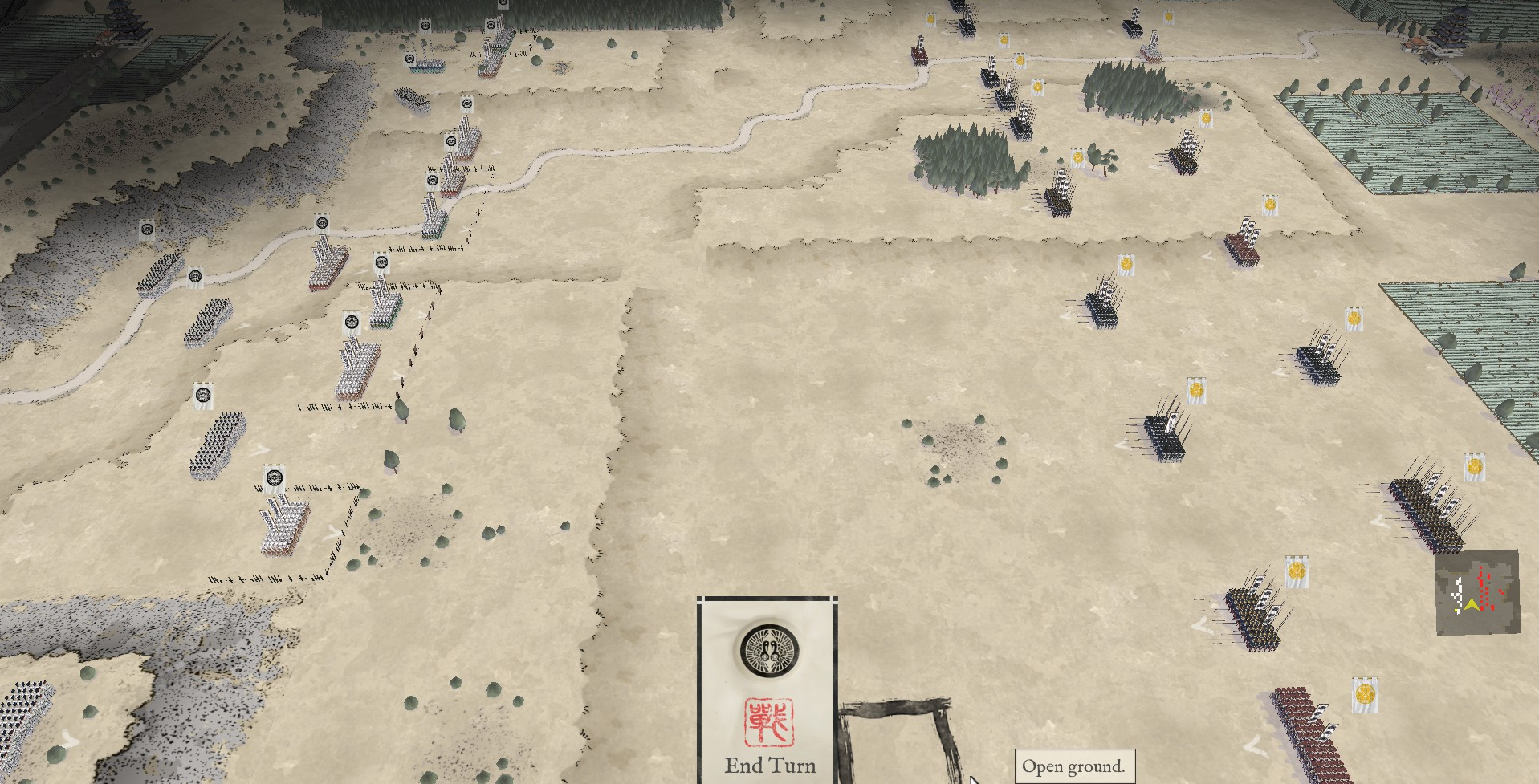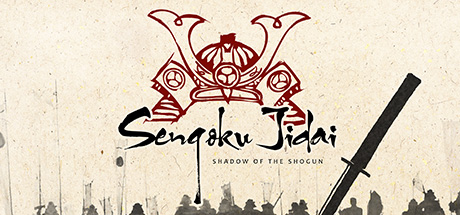Published on April 29, 2016
We’ll lead the Ikko-Ikki, an anti-feudal militant movement composed of zealots, monks, rebellious peasants and some landless samurai. Our army reflects that social composition. We have many peasants, nothing more than armed rabble in truth, and we can’t really rely on them on open field. Then we have a few battalions of warrior-monks, wielding bows, “teppo” matchlock rifles and polearms; they are highly trained, and some of them even wear armor. Our army numbers 13,000 men, roughly.
We are facing a strong Tokugawa army. They brought many professional armored troops carrying long spears (the yari) and fighting in thick formation, as well as regiments of archers and gunners and some cavalry. They also brought some battalions of Samurai and Ashigaru warriors wielding katanas: they fight like in the old times, man-to-man. Our scouts estimate that the Tokugawa army is around 11,500 strong, so we’ll have the advantage of the number. That doesn’t mean much though: the soldiers we are facing are better equipped and better trained than most of our army. We’ll have to make the best out of this terrain, then.
Terrain in Sengoku Jidai: Shadow of the Shogun is extremely important. Battles are won and lost by making the right placement of troops. We have taken up a strong defensive position: our left flank is covered by a thick forest, our right flank is protected by a steep hill, and we have erected a long line of field fortifications to defend our center, which is crossed by a long valley and a road. Should we be overrun we can fall back to the hills behind us as last measure.

To read the rest of the AAR, visit the game's forum here!







